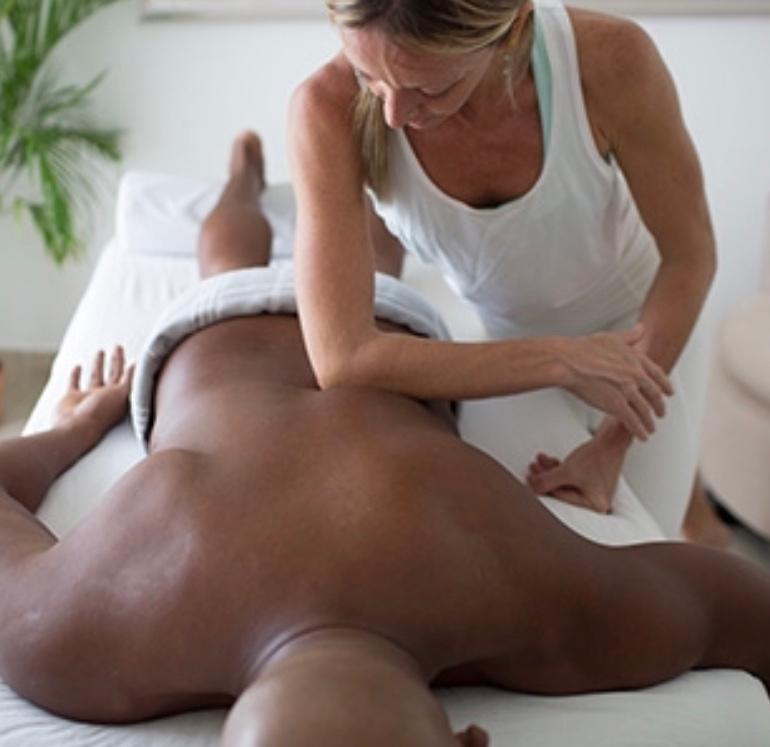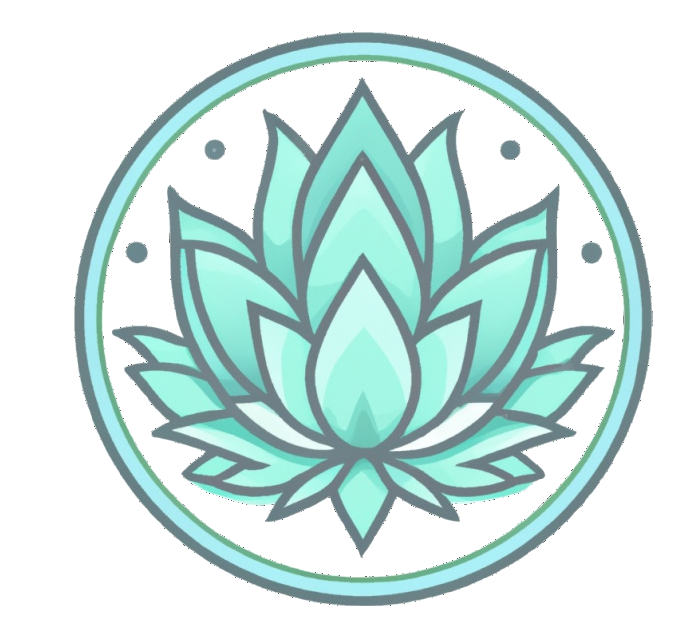Myofascial Release
Perform daily activities with less pain

Over the past 25 plus years that I’ve been working as a specialized massage therapist, I have had many opportunities to work with many different healing techniques. In my experience I have found only a few to be efficient in terms of working with soft tissue to realign the musculoskeletal system and dramatically reduce musculoskeletal pain or myofascial pain syndrome. Myofascial Release is one of them.
What does myofascial pain feel like?
- An aching pain that feels like it’s coming from deep inside the muscle
- Persistent pain
- Worsening pain
- Muscle knots that are sensitive to touch
- Trouble sleeping due to pain/discomfort in muscles
Myo means ‘muscle’ in Latin and Fascia means ‘connective tissue’.
Myofascial release is a mixture of techniques and approaches that aim to free restrictions of movement that originate in the soft tissues (muscles and fascia) of the body.
Myofascial release vs. massage therapy
Myofascial release therapy is not the same as massage therapy.
First of all, they each have a different focus. Massage works with soft tissue and the overall system of muscles in the body to relieve stress and tension. Myofascial release works specifically with the connective tissue to relieve the tightness that causes muscle restrictions.
Secondly, the type of touch involved in each technique is different. Massage therapy involves steady movement, like kneading and stroking on the muscles to bring relief, whereas myofascial release uses sustained pressure to stretch and lengthen the fascia.
Lastly, there is a difference in the use of lubricants. Massage therapy usually employs oils or lotions to help with smooth movement, whereas myofascial release therapy doesn’t need a lubricant.
How do we release shortened and adhered connective tissue?
With the application of slow, controlled, focused force in a specific direction, we are able to stretch or elongate muscular and fascial tissue and restore the fluid nature of the tissue, mobility and normal joint function. As fascial tone improves, individual muscles glide over one another as they should and there is a distinction between compartments once again rather than a feeling of solidity.
During a session I will address how postural habits, specific repetitive movements or daily habits, such as sitting at a desk for long hours or carrying children, playing an instrument, and so many more, combined with lack of movement and compensations for prior injuries result in structural adaptation, stress and an avoidance of full range movements. The consequences of which result in a shortening of soft tissue (muscular units) and adhesions between layers of fascia and pain. Myofascial pain is commonly described as a deep, dull diffuse ache.
The application of myofascial release techniques on adhered or shortened fascia is crucial in working with long standing pain and the musculoskeletal system will respond more efficiently as they have a direct relationship.
The benefits of this work include an alleviation of pain, better sleep, improved athletic performance, greater flexibility, ease of movement and improved posture. More indirect results include emotional release, deep relaxation, improved awareness of one’s own body and general wellbeing. Myofascial release is not a technique as such but rather a goal oriented approach to working with soft tissue restrictions and their interactions with movement and posture.
What is fascia?
Fascia is a type of dense connective tissue that forms the continuous 3D matrix that wraps around muscles, down to individual fibers, suspending organs. It is webbing for vascular structures, nerve and lymphatic vessels. Fascia forms the passive structural definition of our bodies and is looked at as a semi-conductive communication network that is capable of sending nerve signals that communicate with each other throughout its network. This means that the whole body can communicate through this medium instantaneously.
Fascia can be problematic in its response to prolonged mobilization as it adapts to the position. For example, having difficulty standing straight after sitting for long periods. This is when the fascia has conformed to a prolonged position. Nerves in peripheral tissues may become impinged by contracted muscle fibers and shortened fascia contributing to musculoskeletal pain syndromes.
Conditions treated by myofascial release
- Chronic neck and back pain (upper and lower)
- Chronic shoulder and hip restrictions
- Carpal tunnel syndrome
- Migraines and headaches
- Plantar fasciitis (the most common type of heel pain)
- Fibromyalgia
- TMJ dysfunction
- Thoracic outlet syndrome
- Post-polio syndrom
- Whiplash
- Build up of scar tissue
- Post-surgical rehabilitation
- Dizziness or vertigo
- Menstrual or cervical pain
- Urinary incontinence
- Acute sprains and strains
- Poor posture and/or loss of flexibility
- Other complex pain issues that have not responded to treatment
Myofascial release therapy has very few risks, but is not recommended for individuals dealing with:
- Burns or open wounds
- Fractures or broken bones
- Fragile or weak bones
- Deep vein thrombosis or deep vein issues
- Blood thinners
The major benefits of Myofascial Release and Trigger Point Therapy are:
- Improved skeletal alignment and support (the bones are aligned in a way that allows minimum effort for sitting and standing)
- Reduction in oedema, swelling and fluid retention
- Assists in the elimination of waste products
- Muscular and general relaxation
- Functional separation of muscles and connective tissue
- Minimize adhesion and scar tissue
- Connective tissue normalization
- Deactivation of trigger points
Secondary effects referring to performance-related outcomes like sporting activities or even daily activities include:
- Greater flexibility and range of motion as the body lives in its full length
- Pain reduction-that standing and sitting be as free of structural pain as possible
- The ability to perform daily activities with less restrictio
- Greater energy
- Faster recovery
- An appropriate level of emotional stimuli with minimal areas of holding, stillness or disconnection to certain body areas
- Resilience to injury as the body has an increased ability to bear stress without breaking and resume balance once the stress is removed
As part of a holistic therapy program, I work with a variety of techniques such as Trigger point Therapy and Myofascial Release to treat both acute and chronic musculoskeletal dysfunction and postural imbalance. I like to empower my clients through self-care education and will recommend a few simple stretches to target the shortened muscles as well as teach you to apply trigger point therapy to yourself. I have observed that best results occur when we work together. Coming back into balance is a process that has no time limit. It is to be respected. The body needs time to integrate the work.
This work is not for those who want a momentary feel-good experience although the lasting benefits can be truly relieving. You will become aware of how much discomfort is already present within your own body. Most people come in with discomfort that is only the tip of the iceberg to what is really going on underneath. Having the will to confront your limitations and the courage to move through it will give you.
